The World’s Fastest Runner – Greg Wilson – National Geographic (2012)
A well-designed filming set up to capture the motions of running Cheetahs. Since late MIT professor Doc Edgarton’s time highspeed cameras have evolved wonderfully enabling technical capabilities for producing great slow motion films. In this production the filming crew used a Phantom Flex highspeed recording camera. The following talk by the director Greg Wilson gives us the behind-the-scenes view of the project. The entire set up was constructed on the running alley specially designed for exercising the Cheetahs of Cincinnati […]

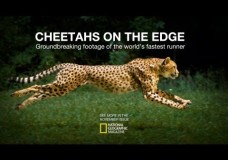
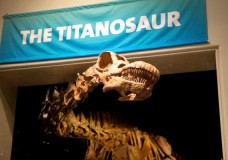
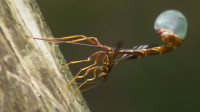
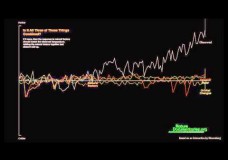



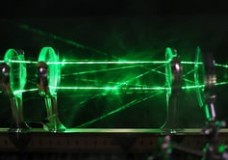

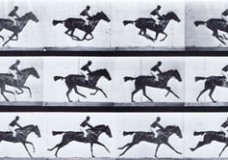


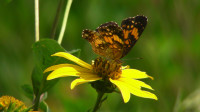

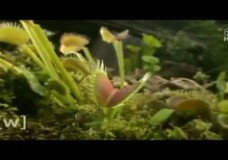

Recent Comments